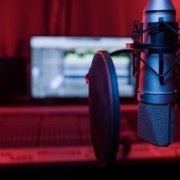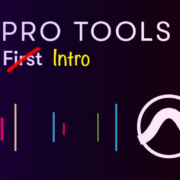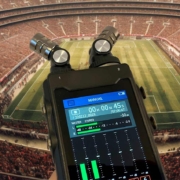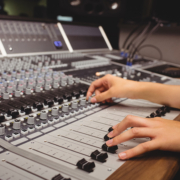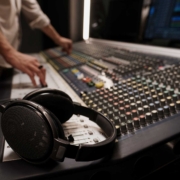Planning Your Film’s Audio for Festivals, Getting the Best Results
Film festivals provide an ideal platform for indie filmmakers to showcase their works and compete for recognition. In this competitive landscape, having top-notch post-production can make all the difference. A well-crafted soundtrack that is mixed professionally can immerse viewers deeper into the narrative and leave a lasting impression.
Whether it’s capturing the subtle nuances of a character’s voice or creating an explosive symphony of sound effects during action sequences – audio post-production, sound design, and mixing are essential components of any successful film festival entry.
Audio Quality Can Differ at Film Festivals
When attending different film festivals, it is important to acknowledge that there can be a notable variance in the audio setups and quality.
As a film enthusiast, attending various film festivals is an exciting and enriching experience. However, one aspect that often goes unnoticed but significantly impacts the overall viewing experience is the audio setups and quality at these events. It is essential to acknowledge that there can be a notable variance in audio setups from one festival to another.
Some festivals invest in state-of-the-art sound systems and venues while employing experienced professionals who meticulously calibrate every aspect of sound production to ensure optimal quality. On the other hand, some smaller festivals may not prioritize audio as much. This can result in different levels per film, distorted or muffled sounds, unbalanced levels between dialogue and background music, etc.
Acknowledging this potential variance in audio setups and quality is crucial for attendees who value a top-notch viewing experience. By doing so, we can better prepare ourselves by adjusting our expectations accordingly or seeking out festivals known for their exceptional attention to audio detail.
Understanding this fact empowers us to make informed decisions when it comes to audio post-production. By doing so, we can enhance the audio experience across various venues and film festivals, ensuring a high-quality outcome regardless of where it is played.
Pre-production Planning. It’s not always about fixing it in post!

Image by: Freepik.com
When it comes to achieving audio success, proper pre-production planning is crucial. Taking the time to plan and prepare your film can make all the difference in delivering a high-quality and engaging final product.
Each distribution platform has its own specifications and guidelines to follow. It is important to recognize these specifications beforehand in order to prepare for the end product.
How will the film be distributed? One size doesn’t fit all.
- Theatrically in theaters
- Through online streaming platforms
- Broadcast
- On the web
- Showcased at festivals
- Conferences or presentations
- For home theaters
Choosing between these options depends on various factors such as budget constraints, target audience preferences, marketing strategies, artistic vision, and overall goals for your project. It’s crucial to weigh these considerations thoughtfully in order to make an informed decision about how best to release your work in order to achieve maximum impact.
Will the film be released in stereo or 5.1 surround sound?
This is an important aspect to be considered in pre-production. Before your composer begins working on the music and score, should it be produced in at least 5.1 surround sound?
Rather than only providing stereo stems to the re-recording mixer, why not provide 5. 1 stems from the beginning? This would enable a fully immersive audio experience, rather than simply upmixing from stereo. Paying attention to the little details at the start can make a big difference during the audio post-production stage.
Many film festivals require films to be mixed in at least 5. 1 surround sound. Therefore, it is crucial to carefully review the specifications of the festivals you plan to submit to.
Capturing High-Quality Sound on Set
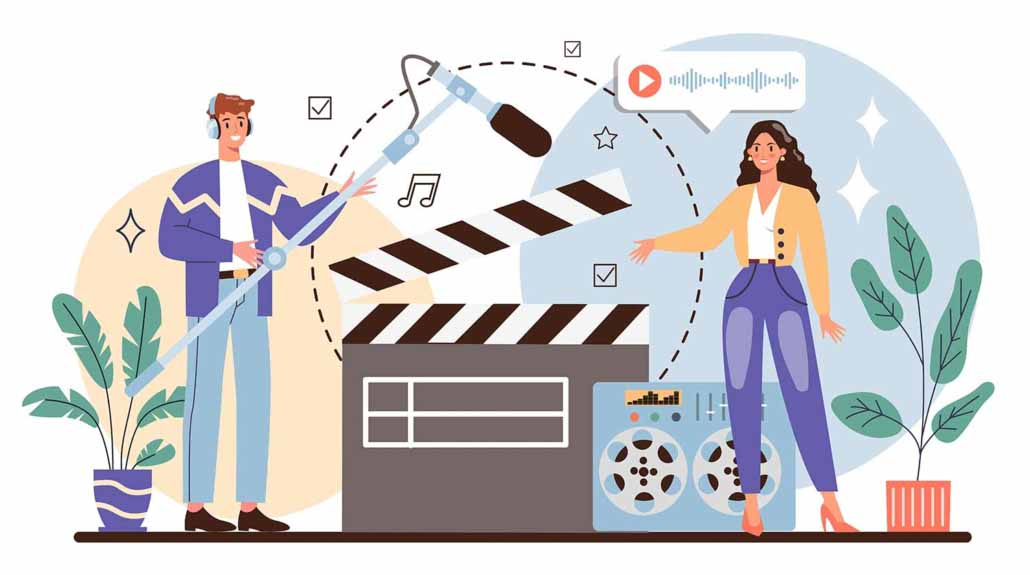
Image by: Freepik.com
Capturing high-quality sound on set is a crucial aspect of any production. The sound quality can make or break a film or video project, as it directly impacts the overall viewing experience. To ensure that the audio is crisp, clear, and professional, it is essential to pay attention to key factors such as equipment selection and placement, environmental considerations, and effective communication between the sound team and other crew members.
What equipment will you need?
One of the most important aspects of capturing high-quality sound on set is selecting the right equipment. Investing in quality microphones, boom poles, windshields, and wireless systems can significantly enhance the audio recording capabilities. Additionally, using headphones with accurate sound reproduction allows for precise monitoring during filming.
Microphone Placement
Proper microphone placement is another factor in achieving excellent sound quality. Placing microphones close to the source of the sound helps capture clear and focused audio while minimizing background noise. Utilizing professional boom poles or lavalier microphones strategically ensures optimal positioning for dialogue or ambient sounds. Do not simply place a field recorder in a room or on set!
What is the environment like?
Environmental considerations play a significant role in capturing high-quality sound on set. Choosing shooting locations with minimal background noise or echo can greatly improve audio recording conditions.
In cases where ambient noise cannot be entirely avoided, using lavalier microphones placed as close to the actors as possible will greatly help.
Specialized tools like noise-canceling microphones or post-production software can help reduce unwanted sounds.
What is involved in sound sweetening and mixing?
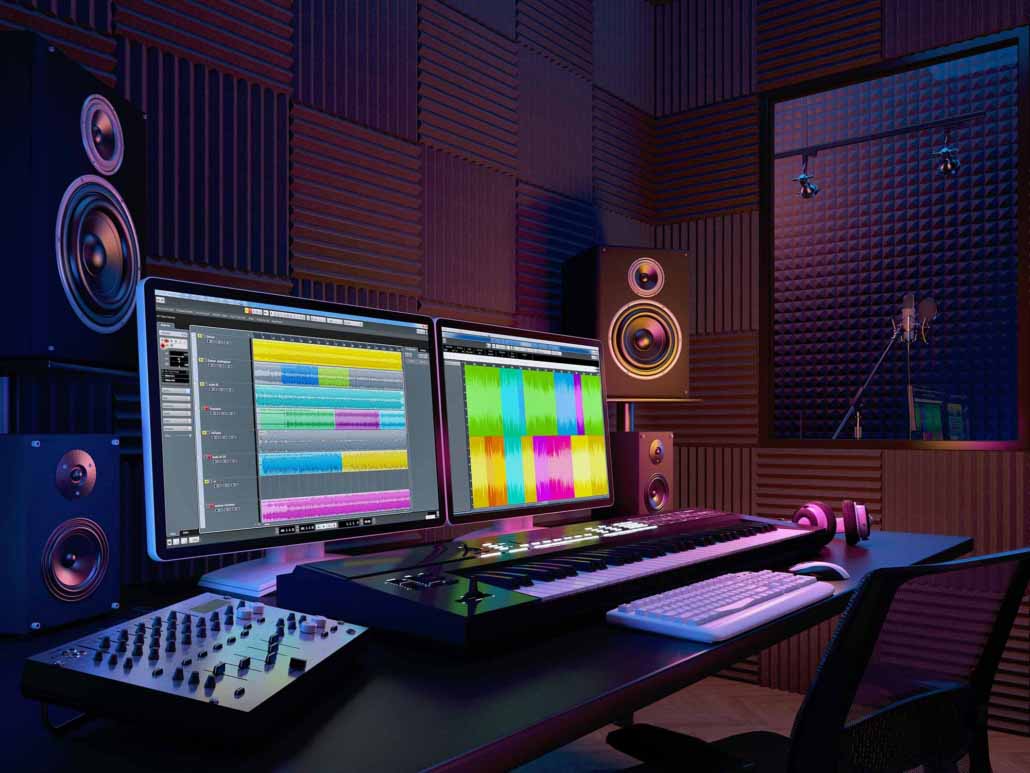
By Projectseasun – Freepik.com
Sound Sweetening and sound design involve meticulously crafting and manipulating sounds to enhance the on-screen visuals. This includes creating or sourcing appropriate sound effects that bring scenes to life and immersing audiences in the film’s world. From footsteps echoing in a deserted alleyway to explosions reverberating through a war zone, skilled Foley artists work tirelessly to recreate these sounds with precision.
The role of audio engineers in post-production cannot be overstated. They are responsible for balancing various elements such as dialogue, music, and ambient sounds to create a cohesive sonic landscape. Through their expertise in mixing techniques and tools, they ensure that every word is heard clearly while maintaining the desired emotional impact.
Testing the Audio Before Submission to Film Festivals
If you or someone you know is lucky enough to have a home theater setup, why not take full advantage of it? A home theater is not just a luxury; it’s an opportunity to experience films and audio in the highest quality possible.
Whether you’re a film enthusiast or simply enjoy the immersive experience of watching movies at home, testing your film and audio quality can truly elevate your entertainment experience to new heights.
Gone are the days of relying solely on professional studios and expensive equipment. By utilizing innovative tools and software, you can save both time and money while achieving professional-grade audio quality.
Conclusion
In summary, audio for film festivals is not just an afterthought but an integral part of the filmmaking process. By harnessing its power effectively, filmmakers can elevate their storytelling capabilities and create memorable cinematic experiences that resonate with audiences long after they leave the theater.


